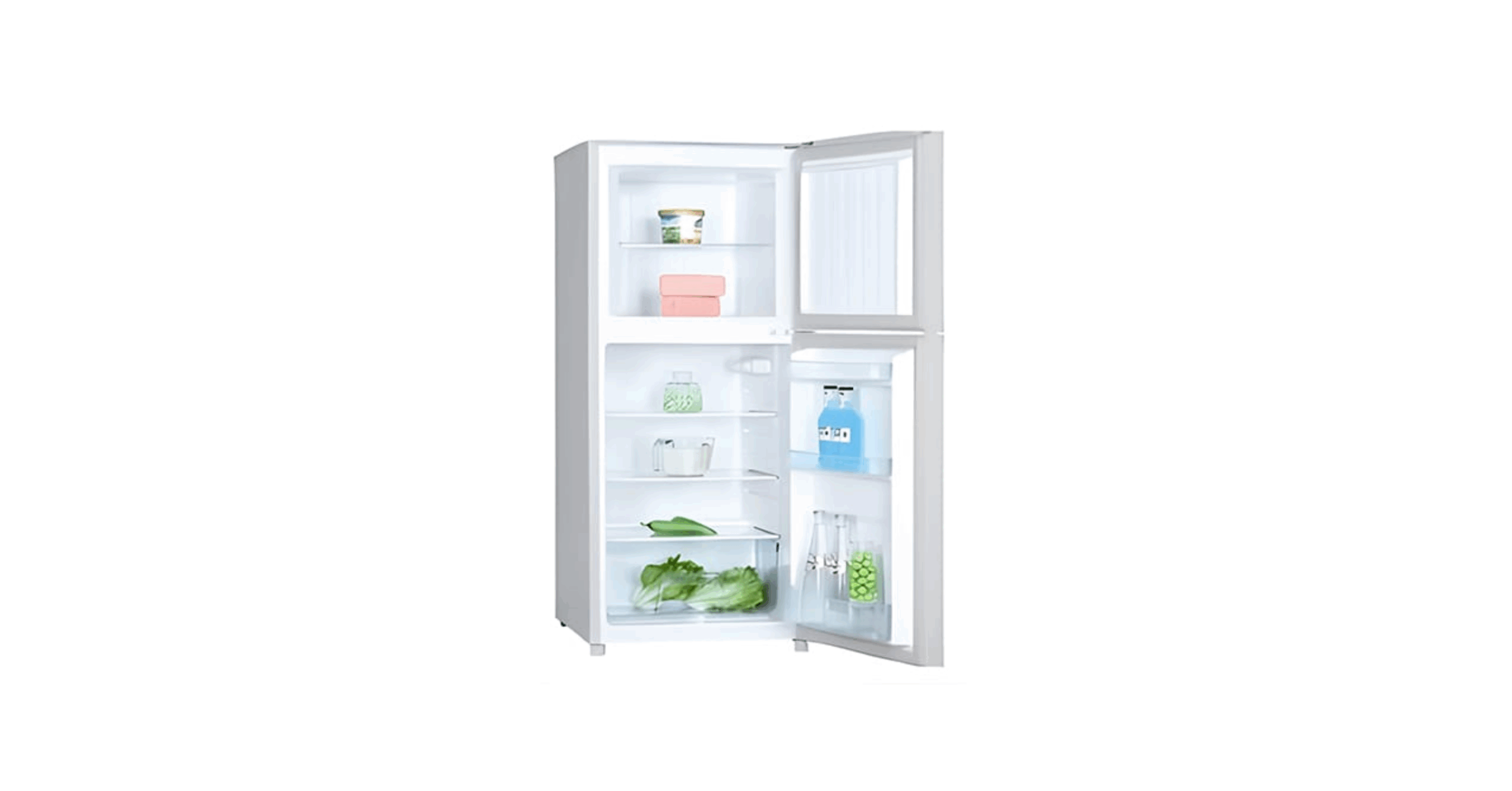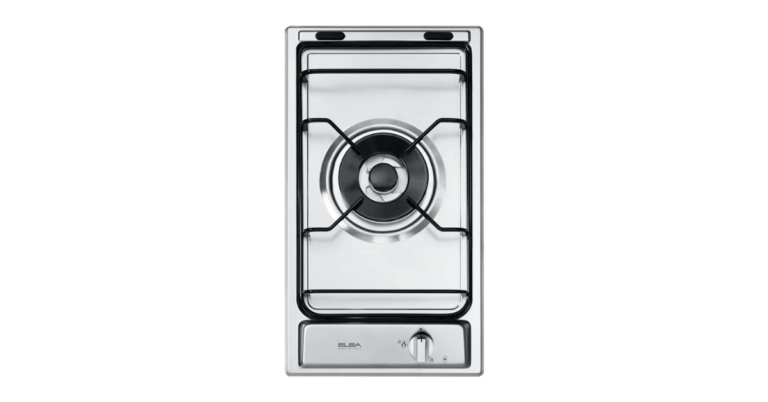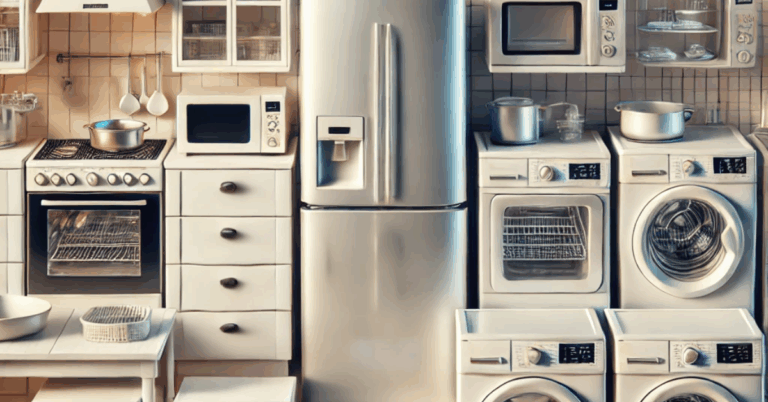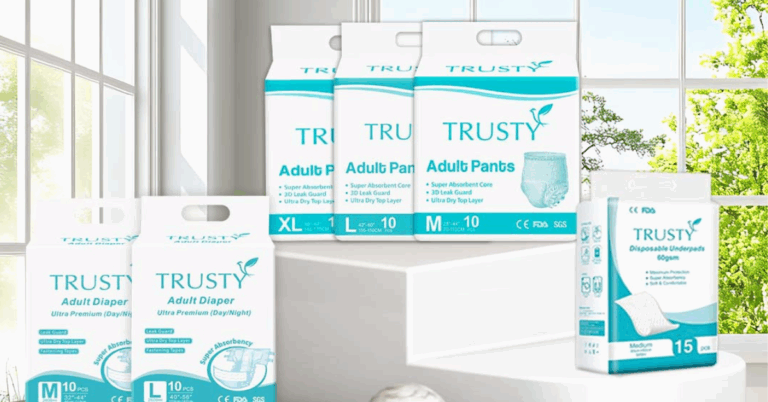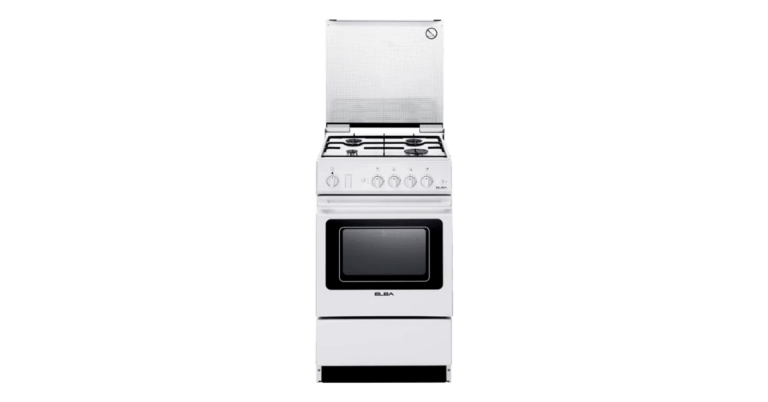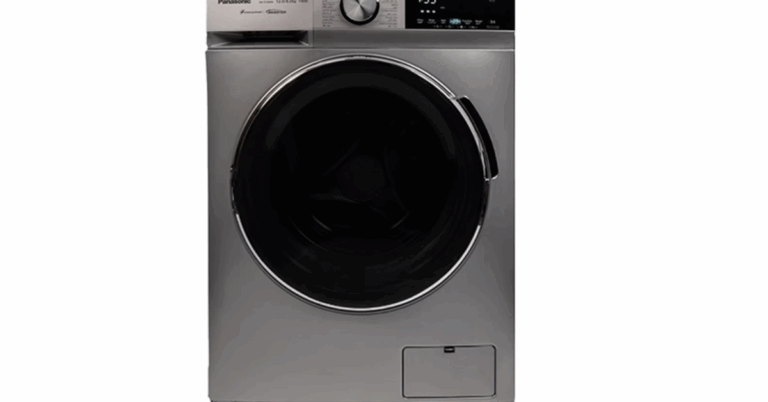Marine Fridge 180L 110V: A Vital Asset for Sea-Going Vessels
When outfitting a ship, yacht, or cruise liner, refrigeration is not a luxury it’s a necessity. Among the varied refrigeration options available for marine applications, a Marine Fridge 180L 110V unit stands out as a dependable, mid-sized solution ideal for vessels operating on a 110 volt, 60 Hz power supply. Designed specifically to meet the challenges of life at sea, the 180-litre capacity strikes a balance between storage volume and space constraints, while the 110 V configuration ensures compatibility with many onboard electrical systems typical in ships running U.S. or other 60 Hz power standards.
In this article, we explore the design imperatives, applications, advantages, installation considerations, operational best practices, and future trends for a Marine Fridge 180L 110V system helping shipbuilders, marine operators, and vessel owners make informed decisions when integrating refrigeration into their fleets.
Why Marine Refrigeration Is Special
Marine environments place demands on refrigeration systems that are far more severe than terrestrial ones. Salt spray, constant motion, vibration, humidity, and wide temperature swings force marine fridges to be rugged, corrosion-resistant, and capable of performing reliably under rolling and pitching conditions. In addition, electrical supply aboard ships may be subject to voltage fluctuations or surges, making robust power electronics and protection essential.
Because of these constraints, marine refrigeration systems often differ significantly in materials (stainless steel interiors and exteriors, sealed compressors, vibration-resistant mounting), cooling cycles (often more aggressive to counter heat load), and control systems (to handle variable loads and power issues). A Marine Fridge 180L 110V unit is engineered with these demands in mind, giving a compromise between capacity, reliability, and energy efficiency.
Typical Applications of a 180 L Marine Fridge 110V
A 180-litre marine refrigerator is a smart middle-tier choice for many kinds of vessels. Here are common use cases:
-
Crew and officer quarters: A fridge of this size can comfortably serve the daily food storage needs of officers, preserving perishables like dairy, vegetables, meats, and beverages without being oversized.
-
Small yacht galley support: On yachts where space is premium, a mid-capacity fridge can complement freezer units for general cold storage.
-
Tenders and auxiliary vessels: For smaller boats that accompany larger ships, a 180L unit offers enough capacity for day-to-day cold storage while being compact enough for limited spaces.
-
Catering or service compartments: On cruise ships or supply vessels, the fridge can be placed in service bays or stores rooms to hold provisions awaiting delivery or usage.
-
Scientific or expedition vessels: For storing samples, reagents, or perishable supplies — especially when onboard power is 110 V — a 180L marine fridge offers an optimal size.
Because the fridge is configured for 110V / 60 Hz, it is well aligned with vessels that already have U.S.-style power grids or generators. This eliminates the need for inverters or complex voltage conversion, reducing cost, weight, and potential failure points.
Key Features and Design Considerations
To perform reliably at sea, a Marine Fridge 180L 110V should incorporate several critical design elements:
1. Sturdy Construction & Corrosion Resistance
Saltwater air is highly corrosive, so materials like marine-grade stainless steel or aluminum alloys, with protective coatings, are essential. Interior shelving and fasteners should resist pitting and oxidation.
2. Vibration & Shock Isolation
Mounting systems with dampers or anti-vibration isolators prevent damage from engine or sea motion vibrations. Compressors and internal assemblies must be shock-resistant.
3. Efficient Insulation & Thermal Management
High-performance insulation (e.g. polyurethane foam, vacuum panels) keeps cold in and heat out, thereby reducing compressor run time and power consumption — crucial for conserving onboard energy.
4. Robust Compressor, Cooling Circuit & Refrigerant
The refrigeration circuit needs to be sealed and use marine-appropriate refrigerants. The compressor should be rated for frequent cycling and variable loads, with overload protection, and include appropriate noise and vibration suppression.
5. Temperature Control & Monitoring
Digital controllers with feedback loops, alarms, and possibly remote monitoring capabilities help maintain precise temperature regimes (e.g. for food safety or sensitive cargo). Redundancies and failsafes are a plus.
6. Electrical Protection & Power Conditioning
Since the fridge is designed for 110V / 60 Hz, onboard power quality matters. Protection against spikes, brownouts, reverse polarity, and overcurrent are essential parts of the design.
7. Doors, Seals & Access
Gaskets must be marine-rated and replaceable. Door hinges should be durable and tight, with locking mechanisms to stay closed even during rolling seas. Internal shelving should be adjustable and secure.
8. Ventilation & Drainage
Proper airflow around condenser coils and effective drainage (for defrosting or condensation) are essential. Drain lines may need to be routed carefully to avoid leakage into compartments.
By incorporating these design features, a Marine Fridge 180L 110V unit ensures long-term reliability in demanding marine settings.
Advantages of a 180 L 110V Marine Fridge
Why might a shipowner or marine equipment specifier choose a 180-litre, 110V fridge instead of going larger or smaller? Some of the advantages include:
-
Balanced capacity: Not too small to be inadequate, and not so large as to waste precious space or energy.
-
Lower power burden: Compared to bigger units, the 180L version draws less current, easier to integrate with existing electrical infrastructure.
-
Simplicity of supply: For ships already equipped for 110V/60Hz systems, no additional voltage converters or step-down transformers are needed.
-
Cost efficiency: The capital cost, maintenance, and parts cost are generally lower than for very large or highly specialized refrigeration systems.
-
Flexibility of placement: Because it’s not massive, the 180 L refrigerator can be located nearer to galleys, crew spaces, or service zones without structural modifications.
-
Redundancy strategies: Ships can carry multiple mid-sized fridges (including 180L versions) rather than rely on one huge unit; this offers redundancy and reduces risk from a single point of failure.
Installation and Integration Guidelines
Deploying a Marine Fridge 180L 110V should follow methodical planning to ensure optimal performance.
Site Selection & Structural Support
Choose a location with adequate space, ventilation clearance, and structural support for the weight of the fridge filled with contents. Reinforce mounting surfaces to withstand ship motion. Ensure floor vibration isolation and leveling.
Electrical Wiring & Protection
Use marine-grade wiring, fused circuits, and protection devices. Ensure that the voltage drop is within acceptable limits over the cable runs. Install circuit breakers, surge protectors, and possibly voltage stabilization if generator fluctuations are expected.
Ventilation & Heat Exchange
Ensure sufficient clearance for airflow over the condenser fins, and provide adequate intake and exhaust vents. Avoid blocking air circulation by nearby equipment or bulkheads.
Drainage & Condensate Handling
Plan proper drainage routes to overboard or dedicated collection tanks. Use check valves or loops to prevent backflow of seawater. Insulate drain lines if necessary to prevent condensation dripping.
Commissioning & Testing
Once installed, perform leak checks, vacuum evacuation of the refrigeration circuit, charge refrigerant, and test under varying ambient conditions. Monitor performance for 24–72 hours to catch any anomalies.
Vibration & Motion Simulation
If possible, simulate ship motion to observe how the fridge behaves under roll and pitch. Validate that contents don’t shift, doors don’t open, and coolant remains stable.
Inspections & Access
Ensure that maintenance panels are accessible, filters can be cleared, and servicing (e.g. refrigerant topping or compressor replacement) is feasible without major disassembly.
Operational Best Practices
To maximize performance, lifespan, and reliability of a Marine Fridge 180L 110V, operators should follow these best practices:
-
Don’t overpack: Allow airflow between items so cold air circulates properly and load is balanced.
-
Pre-cool contents: Storing already chilled items reduces sudden thermal loads.
-
Monitor power draw: Watch for increases in current — this may indicate insulation degradation, mechanical resistance, or refrigerant issues.
-
Regular defrost cycles: Manual or automatic defrosting prevents frost build-up that degrades performance.
-
Seal and gasket checks: Replace worn or damaged door gaskets regularly to maintain seal integrity.
-
Compressor maintenance: Periodic inspection of vibration mounts, electrical connections, and lubrication (if applicable).
-
Condenser cleaning: Keep condenser fins and coils free from salt, dust, and debris to maintain heat transfer efficiency.
-
Alarm systems: Use temperature alarms and logging to detect early deviations from desired setpoints.
-
Backup power: On vessels with redundant power systems, tie the fridge into backup supply to prevent spoilage during power failures.
-
Record keeping: Log performance metrics, maintenance, temperature excursions, and repairs — useful for diagnostics and warranty claims.
Challenges & Mitigation
A Marine Fridge 180L 110V is a strong proposition, but there are challenges to watch for:
-
Power fluctuations: Use power conditioning and protection.
-
Salt corrosion: Use marine-grade materials, and flush external surfaces periodically.
-
Mechanical stress from motion: Use isolation mounts and rigid internal bracing.
-
Thermal overloads in hot climates: Oversize cooling capacity, or install supplemental ventilation and shading.
-
Space constraints: Ensure proper layout planning before procurement.
-
Servicing in remote regions: Choose units using commonly available components and refrigerants.
By proactively addressing these issues in design, installation, and operation, many risks can be mitigated.
Future Trends in Marine Refrigeration
Marine refrigeration technology continues to evolve, and several trends are relevant to future 180L 110V systems:
-
Variable-speed compressors: Allow modulation of cooling power to match load dynamically, reducing energy consumption and wear.
-
Smart control and IoT integration: Remote monitoring, diagnostics, and predictive maintenance can be brought onboard.
-
Eco-friendly refrigerants: New low-GWP (global warming potential) refrigerants are increasingly used to comply with environmental regulations.
-
Better insulation materials: Advances in vacuum insulation panels or aerogels may allow thinner walls, increasing net internal volume or reducing footprint.
-
Energy harvesting & heat recovery: Waste heat or refrigeration condenser heat can be reused for onboard hot water or space heating.
These emerging technologies may soon appear even in mid-sized marine fridges, including 180L 110V models, further enhancing their efficiency and reliability.
Conclusion
A Marine Fridge 180L 110V is a robust, practical, and well-balanced refrigeration solution for marine vessels using 110 V / 60 Hz power systems. It offers adequate storage capacity for crew, galley, or service use without the weight and energy penalties of oversized units. When designed with marine-grade materials, vibration isolation, efficient insulation, and power protection, it can perform dependably under harsh sea conditions.
Successful deployment requires careful planning — from site placement, structural support, electrical integration, ventilation, drainage, and commissioning, to disciplined operational practices and maintenance routines. With attention to these factors, a 180 L marine refrigerator can serve reliably for years, helping maintain food safety, reduce waste, and support smooth onboard operations.

